Three Decades in the NF Community: A Journey of Discovery, Collaboration, and Advances
Conxi Lazaro, PhD, Head, Molecular Diagnostic Service, Hereditary Cancer Program, Catalan Institute of Oncology – IDIBELL
Discover more articles in the Women in NF series by clicking here.
- Hereditary Cancer Program, Catalan Institute of Oncology, Institut d’Investigació Biomèdica de Bellvitge – IDIBELL-ONCOBELL, 08908, L’Hospitalet de Llobregat, Spain
- Centro de Investigación Biomédica en Red Cáncer (CIBERONC), Instituto de Salud Carlos III, 28029, Madrid, Spain
Acknowledgements:
Many thanks to all current and past members of my team for their work and time dedicated to improving knowledge in the NF1 field. Thanks to all the collaborators of the Barcelona Neurofibromatosis clinical and research group (CSUR Phacomatoses and Genturis). I also thank all the patients who generously donated a tumor sample to generate the mouse models developed in our platform. I want to thank all Spanish NF patients and NF associations for their continuing support and effort, in particular the Spanish Asociación de Afectados de Neurofibromatosis (AANF) and the Associació Catalana de les Neurofibromatosis (ACNefi).
Funding:
I would particularly like to acknowledge the financial support of the Fundación PROYECTO NEUROFIBROMATOSIS (FPNF), Children Tumor Foundation (CTF), Gilbert Family Foundation, NTAP, and NF Research Initiative. In addition, I would like to also acknowledge the support provided by the Fondo de Investigación Sanitaria Española – Instituto de Salud Carlos III (RTICC, CIBERONC) and the Catalan Health Institute – Government of Catalonia. Contract grant numbers: RD06/0020/1051, RD06/0020/1050, RD12/0036/0008, RD12/0036/0031, PI10/01422, PI10/0222, PI11/01609, PI12/01528, PI13/00285, PIE13/00022, PI13-01339, PI23/00017, PI19/00553 and SAF2010-21165, SAF2013-45836-R, 2009SGR283, SGR290, SGR1465, and 2023SGR01112. I thank the CERCA Programme / Generalitat de Catalunya for institutional support.
A few months ago, when I received an invitation to write an essay reflecting on my experience in the NF community, I felt an inner tingle and was transported to when I was twenty-two years old, in the penultimate year of my bachelor’s degree in biology. I always say that I studied biology because, in the 80s in Spain, that was the degree that offered the most subjects related to genetics. In high school, I discovered genetics from Gregor Mendel’s experiments with his peas and his results based on the tables of possible interbreeding and the laws of heredity fascinated me. In the fourth year of my degree, a brilliant young researcher gave us a master class in positional cloning, giving as an example the search for the gene responsible for cystic fibrosis, a project he was working on at the time. That researcher was Dr. Xavier Estivill, the energy and enthusiasm he transmitted in presenting his work made me decide to work with him and learn from his group. That’s how I started as a summer student in his group in 1989. The following year, having just graduated, I started my thesis by helping a dermatologist (Anna Ravella) to study families with Neurofibromatosis type 1 (NF1). Needless to say, I had never heard of this disease. My mentor told me that it was a common disease, although rare, that the gene had not yet been identified, and that there was a lot of work to do in this field. The proposal was to carry out two doctoral theses, one from a clinical point of view (Anna) and the other from a laboratory perspective (mine). In July 1990, Drs. Collins and White & O’Connell’s groups simultaneously published the identification of the gene responsible for NF1 [1, 2]. A new stage had begun in the genetic study of this disease and we were first-line witnesses. The beginnings were not easy, the description of the gene was incomplete, there was only information for nine coding exons, the study techniques were expensive and time-consuming, and the search for genetic markers was needed for genetic linkage studies. It was a time of great learning, of positive results but also setbacks and difficulties. Thus, in the first years of my thesis, I dedicated myself to looking for intragenic markers of the microsatellite type to facilitate genetic linkage in familiar cases, as well as implementing a technology, at that time novel, named SSCP (single-strand conformation polymorphism), for the study of the first nine exons described for this gene [3]. During my thesis, I had the honor of being able to attend my first congresses, both national and international. My first NF congress was in Oxford in 1992, and my first trip to the USA was to attend the American NF Congress in Ann Arbor, Michigan in 1993, hosted by Dr. Francis Collins. These congresses allowed me to meet great researchers in the field of neurofibromatosis as well as young and emerging researchers with whom I shared projects and collaborations as well as dinners and moments of fun. The result of these years was the presentation of Dr. Ravella’s thesis in 1992 and mine in 1995. I would like to thank Anna Ravella, Antonia Gaona, Helena Kruyer, Carolina Gómez, Teresa Casals, and Víctor Volpini for their work and support, and especially my thesis supervisor, Xavier Estivill. My thesis compiled my five-year research on improving the genetic diagnosis of NF1 in our population, the identification of various point mutations, the characterization of several microsatellite markers, together with our experience in prenatal diagnosis and the identification and molecular confirmation of a case of paternal genetic mosaicism [4-13].
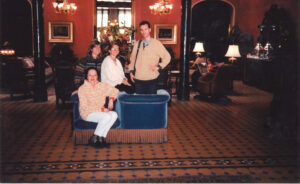
Dr. Lazaro’s First Aspen Meeting
As fate would have it, I was given a small project for the genetic study of neurofibromas just as I finished my doctoral thesis, the project only had enough funding to hire one doctoral student and that was Eduard Serra. In addition, together with my thesis supervisor, Xavier Estivill, I co-directed Elisabet Ars’ thesis at the same time. These post-thesis years had a great impact on our consolidation as an NF group in our country, which allowed us to make important contributions to the field of improving genetic diagnosis (Dr. Ars’s thesis), as well as to the genetic bases of benign dermal neurofibromas (Dr. Serra’s thesis). Elisabet developed the study of the complete NF1 gene from RNA, dramatically changing the diagnostic yield for NF1 in our center and contributing significantly to deepening our knowledge of the genotype-phenotype relationships in this disease [14-18]. Eduard presented a great thesis studying the genetic, molecular, and cellular bases of cutaneous neurofibromas, making paramount discoveries and publications in the field [19-22]. Those years were of great intellectual stimulation and huge challenges and discoveries, we will never forget the wonderful congresses in Aspen, the charm of the Jerome Hotel, and how we were part of the great international NF community. During all this time I obtained national funding to continue with my working group in NF1, a field to which I have dedicated myself with greater or lesser intensity over the last three decades. After my two first theses as a supervisor, new additions to the group allowed us to continue with the study of the mutational spectrum of the NF1 gene as well as to explore the use of antisense oligonucleotides as a therapeutic strategy for this disease, work carried out by Eva Pros, Eva Toledano, and Juana Fernandez [23-26]. Our work has always been focused on improving genetic testing and treatment for NF1 patients. On a clinical level, the incorporation of Ignacio Blanco and Héctor Salvador into the group was a fundamental milestone towards achieving national and European clinical recognition and thus becoming a Spanish reference center (CSUR in phacomatosis) as well as belonging to the European Genturis network. With time, the molecular diagnosis of neurofibromatosis in our group was moved to another campus and was co-led by Dr. Serra and myself thanks to the incorporation of Drs. Elisabet Castellanos and Bernat Gel. With them, we were able to move on to next-generation sequencing by designing an ad-hoc panel covering all hereditary cancer syndromes [27], including genes for all neurofibromatosis-related syndromes.
In the last fifteen years, I have focused on the genetic diagnosis of hereditary cancer and the molecular diagnosis of cancer in general, so my dedication to research has been reduced. However, the opportunity to have Dr. Serra as a senior postdoc in my group gave rise to the possibility of opening new lines of research, which also led Eduard to form his own group and continue our collaboration as an independent principal investigator. The incorporation of Dr. Juana Fernández and a graduate student, Joan Castellasagé, into my group, together with Dr. Alberto Villanueva’s knowledge of the development of PDOX animal models, has led to a new research line for my team, focused on the development of a preclinical platform of PDOX cell lines and murine models from primary MPNSTs tumors of patients in our environment [28]. In recent years, we have strengthened our platform and have carried out multiple scientific collaborations both in the academic field and with private companies or spin-offs. Our current fellows, Edgar Creus and Sara Ortega, are doing an excellent job in improving the characterization of the platform [29, 30], and our ongoing collaboration with Dr. Eduard Serra’s group allows us to participate in several projects on molecular MPNST characterization. As I write this short review, it fills me with pride to see how great researchers, who began their journey with us, have grown. I want to thank Dr. Serra’s current group, with whom we have a close collaboration that has yielded very interesting scientific results thanks to the work of Meritxell Carrió, Helena Mazuelas, Miriam Magallón, Itziar Uriarte, Carles García-Linares, Josep Biayna, and Ernest Terribas [31-37].
For me, these more than 30 years in the NF community have allowed me to witness first-hand the evolution and advances in this group of rare diseases in multiple aspects of both basic and clinical research, as well as changes in the clinical management of patients. I have been able to participate in different consensus guidelines and collaborative efforts that have improved the clinical management of our patients [38-47]. The active collaboration of patient associations has always been a driving force that has guided our professional objectives and research projects, listening to their concerns and needs [48, 49]. Here, I want to thank all the national and international associations in this field for their great involvement and dedication. I also want to thank the patient foundations that have given us financial support to carry out our projects (Spanish Neurofibromatosis Project Foundation, CTF, NTAP, Gilbert Foundation, ACNefi), as well as the various national organizations that have funded our research (Spanish Ministry of Health and Science, Fundació Marató de TV3). In recent years, the scientific community has grown and there have been important advancements in knowledge; this has allowed us to have better diagnostic tools, develop new therapeutic strategies, and generate resources and knowledge that can be used transversally, not just by our community but by the entire scientific community in general.
I want to end by thanking the entire international NF family but especially the researchers who helped me in the early days and with whom I have collaborated on different projects and initiatives such as Eric Legius, Meena Upadhyaya, Ludwine Messiaen, Kati Wimmer, Peggy Wallace, Thomas de Raedt, Gareth Evans, Hildegard Kehrer-Sawatzki, Pierre Wolkenstein, Juha Peltonen, Thorsten Rosenbaum, Nancy Ratner, Andre Bernards, Jim Gusela, Jim Walker, Hilde Brems, Catalina López-Correa, Peter Bellerman, Bruce Korf, Annette Bakker, Patrice Pancza, and in general to the entire NF community; I am sorry if I have left anyone off the list. I also want to thank all the members of my present and past team, as well as Dr. Serra’s team, the Spanish NF1 patients and their clinicians, their families, and the associations and foundations that have helped us to do our bit in this stimulating field of knowledge, where much progress has been made but with a future full of obstacles and challenges.
I would like to express my gratitude for the opportunity to participate in European and CTF meetings, as well as for the privilege of co-chairing the EU Neurofibromatosis meeting in 2014 and the CTF Conference in 2020. I am also deeply honored to have received the Theodor Schwann Award in 2016.
I want my last words to be of remembrance, thanks, and recognition to a great researcher and also a great person in the field of NF, who unfortunately left us recently, Dr. Ludwine Messiaen. Ludwine was a pioneer in the field of the genetic diagnosis of NF1 and other related diseases. She participated in numerous international publications of great relevance to our field of study [50-53]. Ludwine was a great professional, demanding, and meticulous in her work, but she also had great personal and humanistic values, an artist’s soul, and an unquestionable elegance. I want to end with a few lines from a Catalan poet, Enric Casasses, in her memory:
“Not having met you
It would be terrible
but terrible, terrible
And I wouldn’t know it
On top of that, I wouldn’t know it”
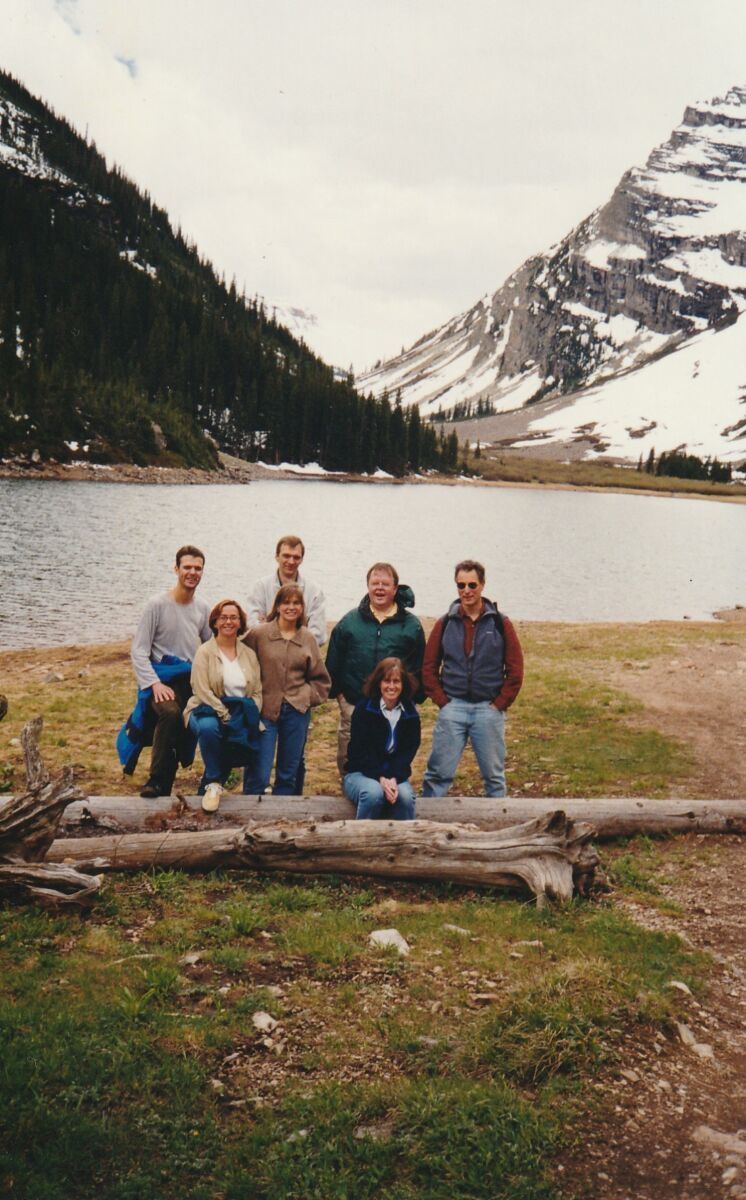
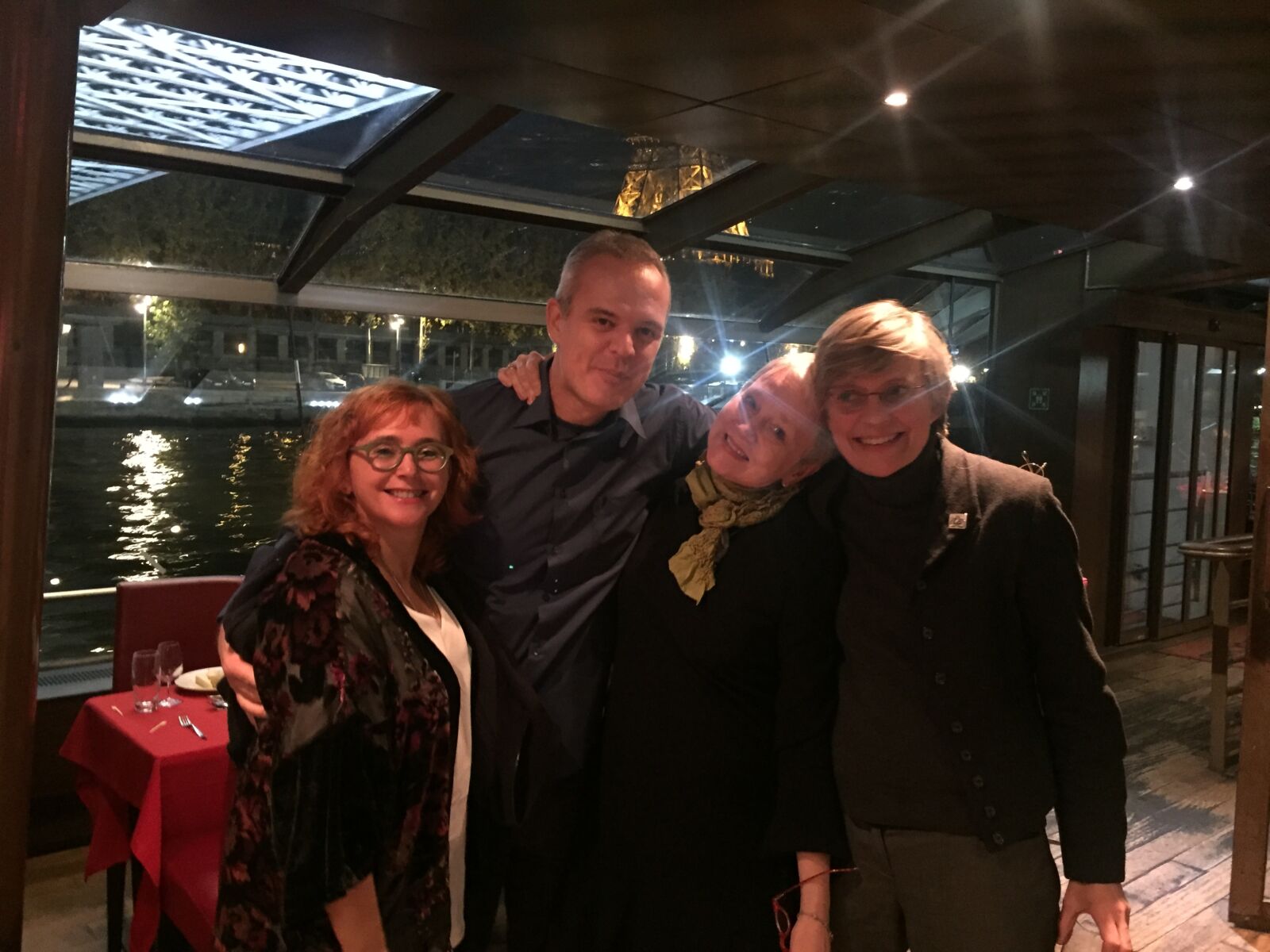
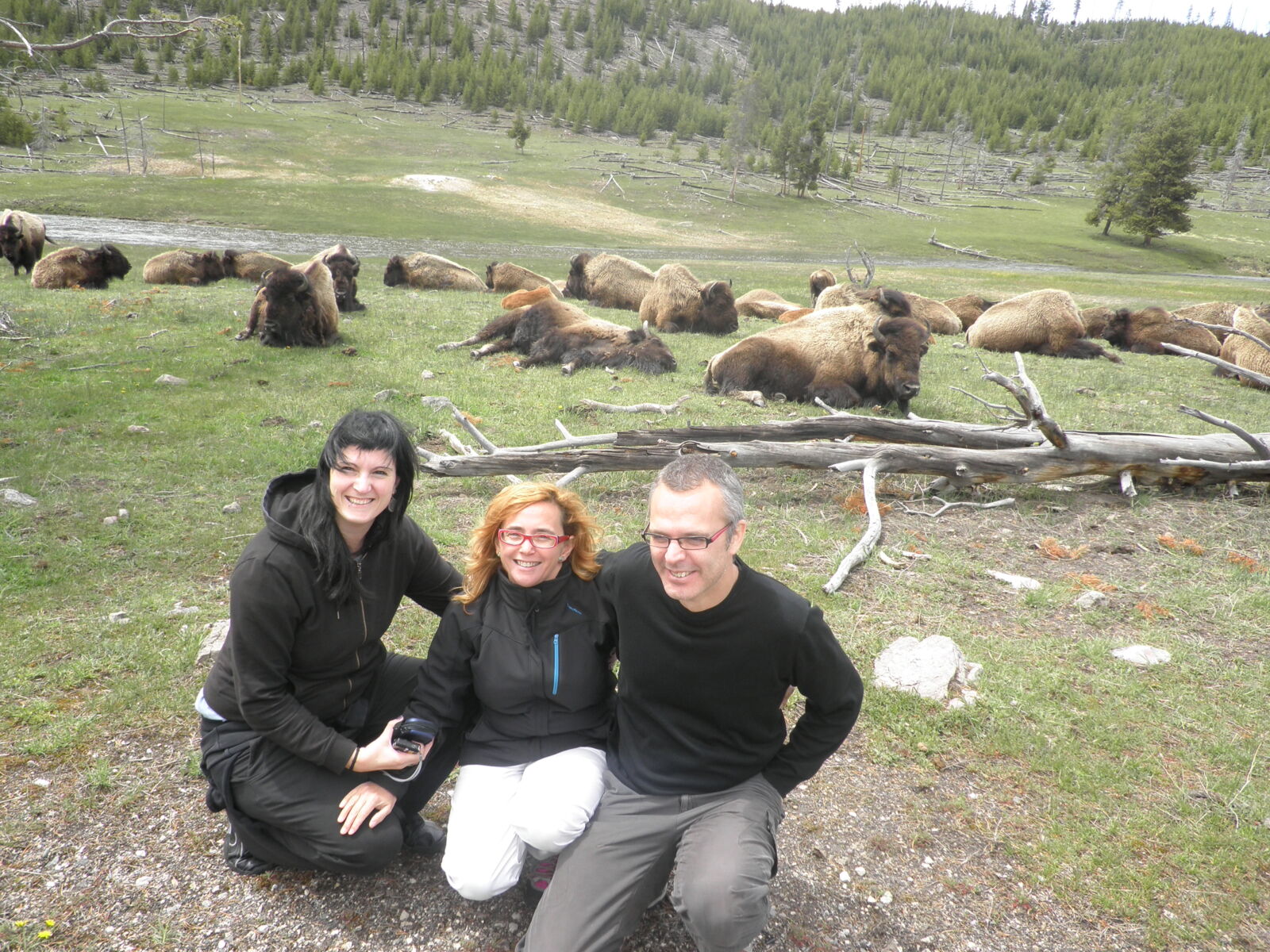
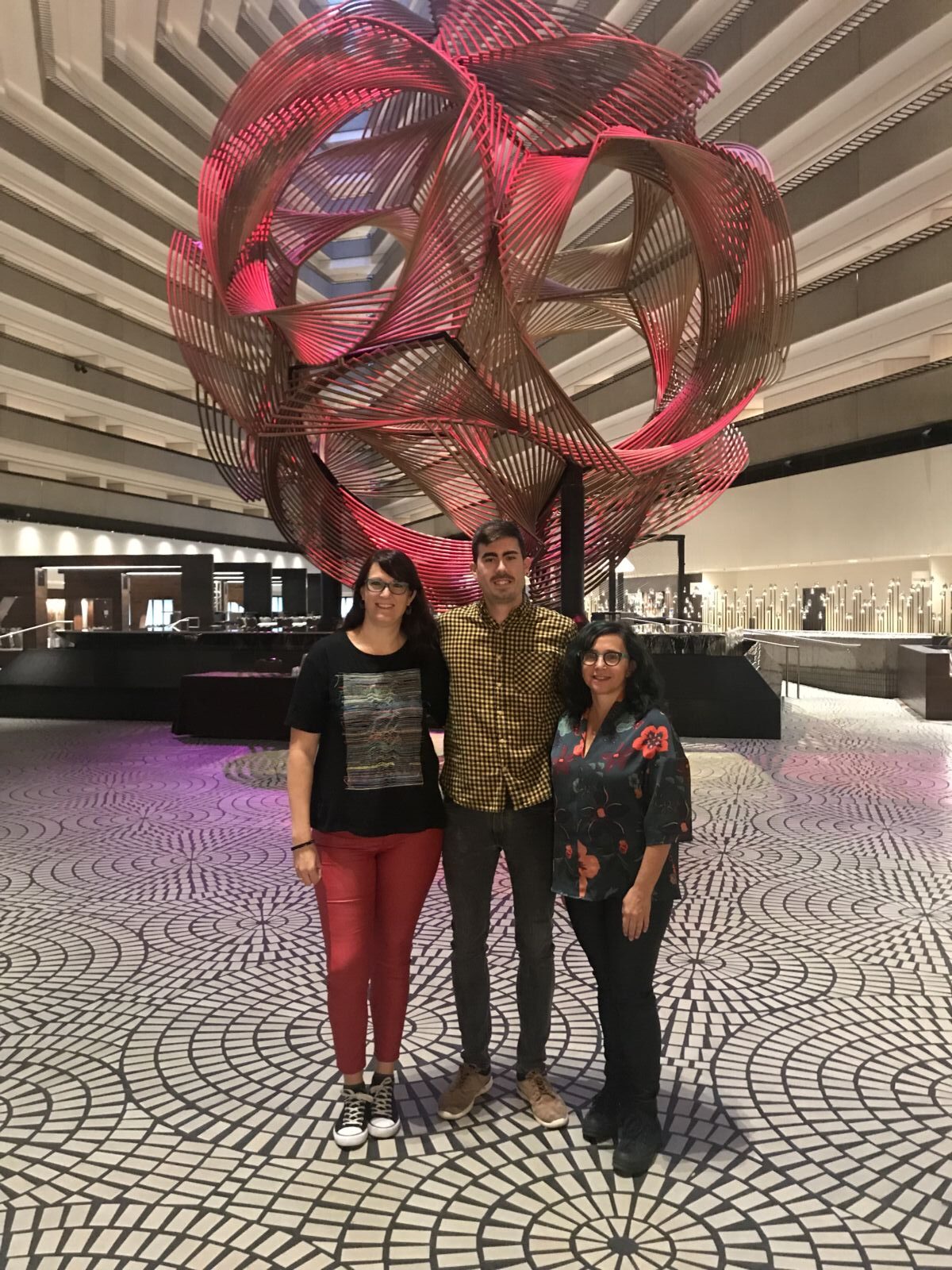
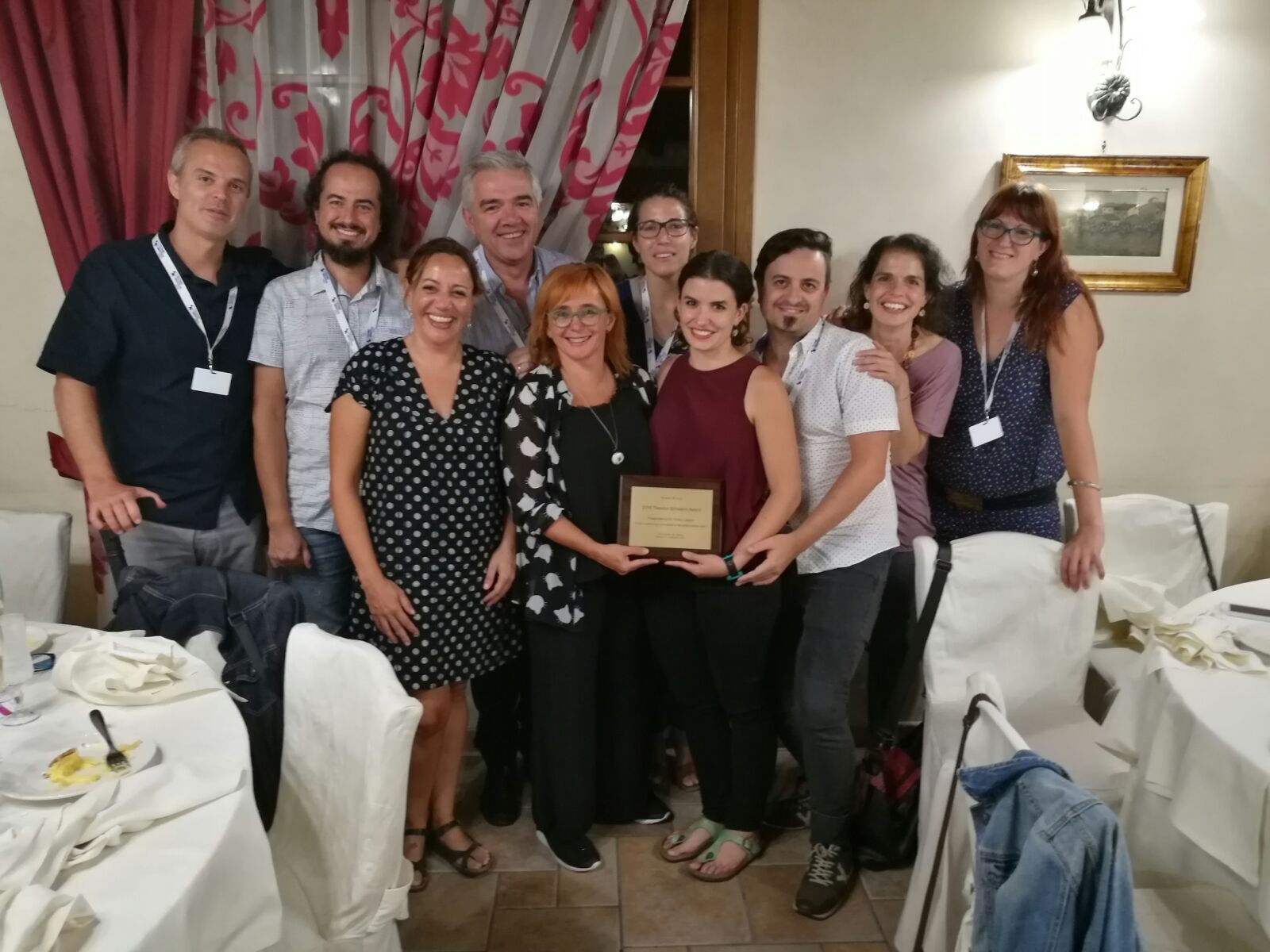

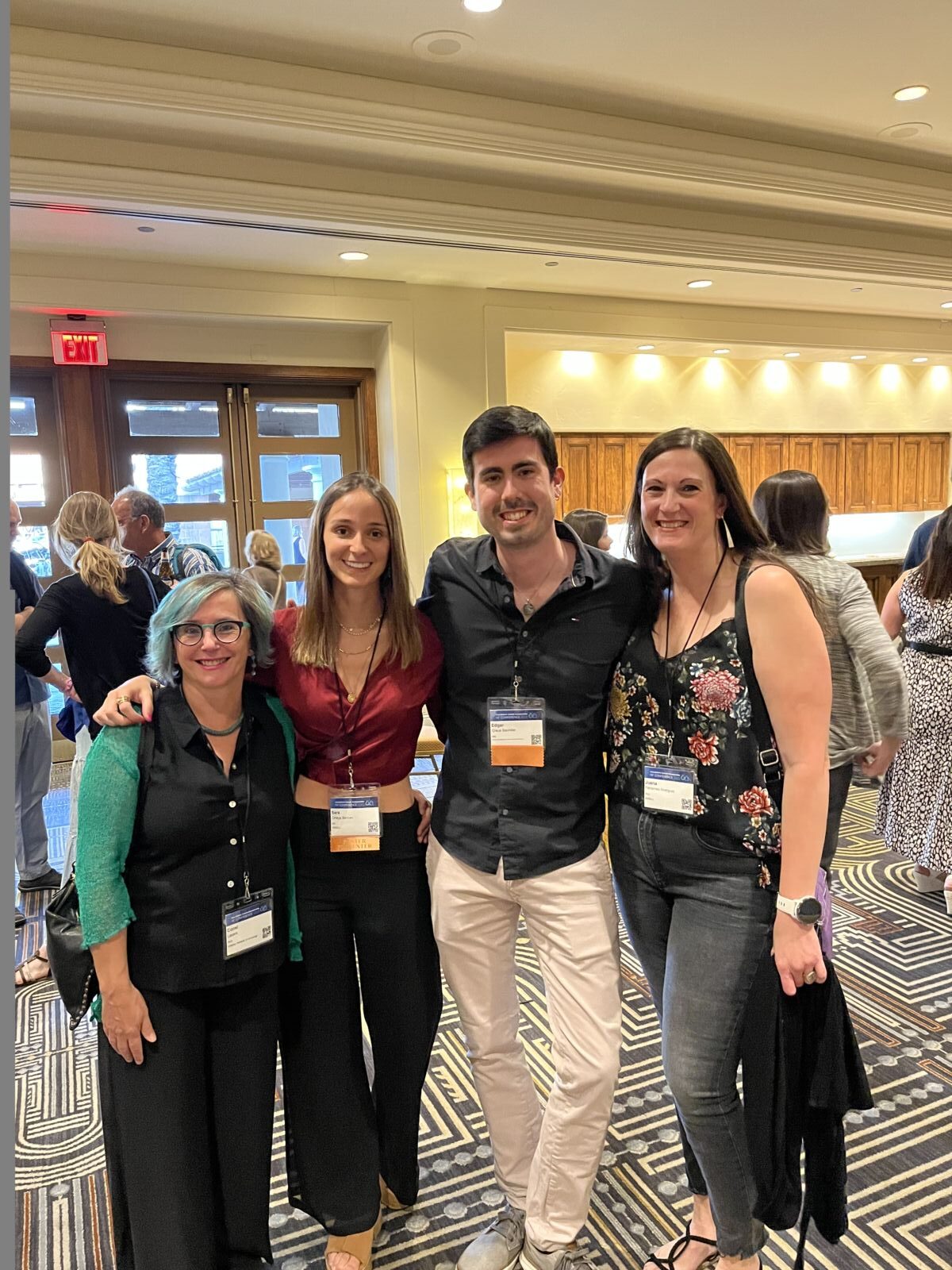
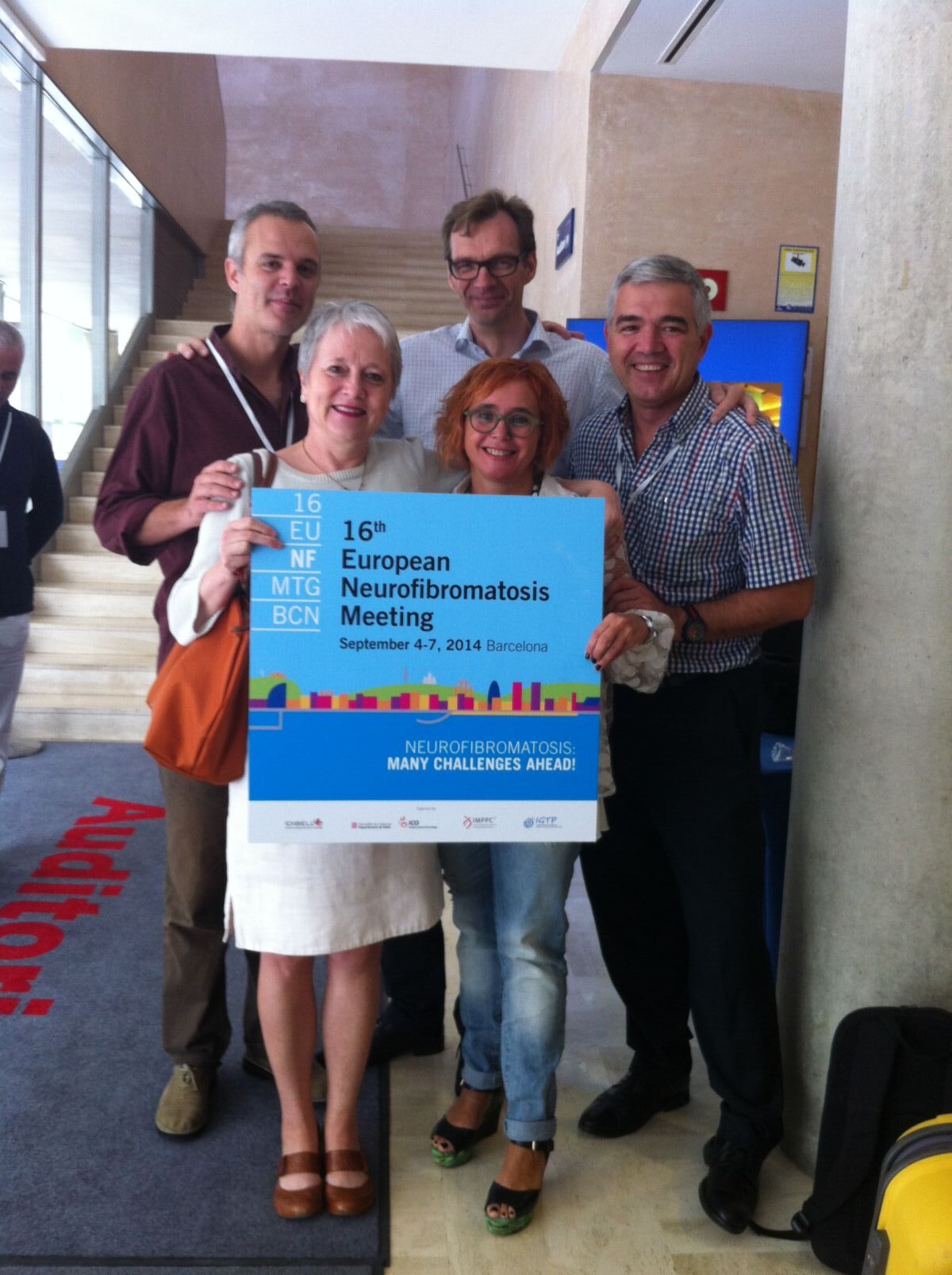
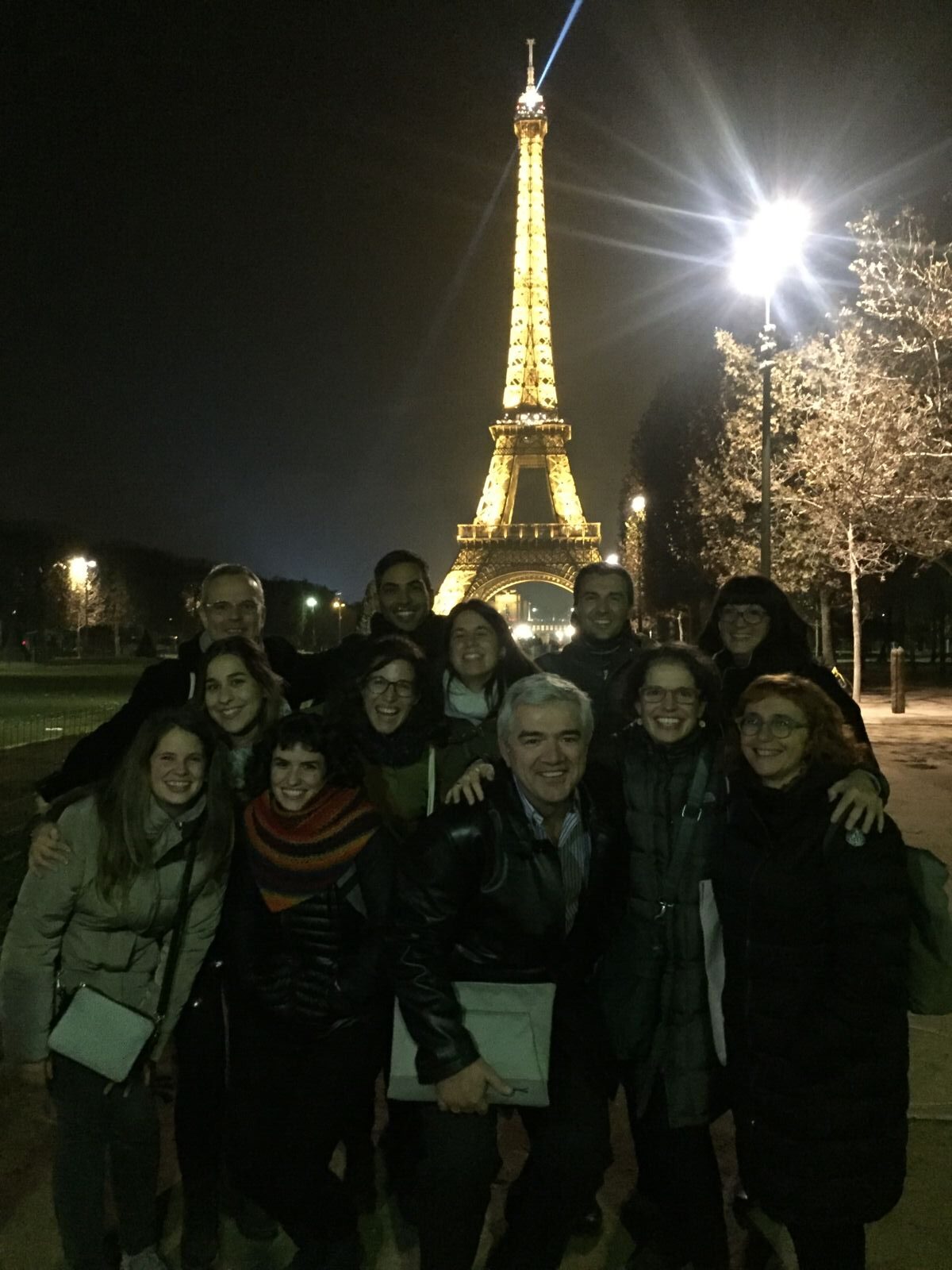
About Conxi Lazaro, PhD
Dr. Conxi Lazaro is a molecular geneticist with more than 25 years of experience in the field of human genetics. She did her PhD in Human Genetics at University of Barcelona. She has worked in several clinical hospitals in Barcelona. She was an invited professor at Massachusetts General Hospital Cancer Center at Boston in 2003/04 and did a sabbatical stay at Mount Sinai Hospital and at Women’s College Hospital in Toronto in 2018/19. In the last ten years she has been involved in several projects aimed at using Next Generation Sequencing (NGS) for genetic testing purposes. Her field of expertise is Hereditary Cancer. Of relevance was her pivotal research in the genetic basis of Neurofibromatosis type 1 (NF1) and related tumors. She is member of several reputable international consortia and associations such as CIMBA, ENIGMA, CTF, GENTURIS.
She received the Theodor Schwann Award in 2016.
Dr. Lazaro was co-chair of the 16th European Neurofibromatosis meeting in 2014 and co-chair of 2020 CTF Conference.
References
- Wallace, M.R., et al., Type 1 neurofibromatosis gene: identification of a large transcript disrupted in three NF1 patients. Science, 1990. 249(4965): p. 181-6.
- Cawthon, R.M., et al., A major segment of the neurofibromatosis type 1 gene: cDNA sequence, genomic structure, and point mutations. Cell, 1990. 62(1): p. 193-201.
- Estivill, X., et al., Recurrence of a nonsense mutation in the NF1 gene causing classical neurofibromatosis type 1. Hum Genet, 1991. 88(2): p. 185-8.
- Lazaro, C., et al., Prenatal diagnosis of sporadic neurofibromatosis 1. Lancet, 1992. 339(8785): p. 119-20.
- Lázaro, C. and X. Estivill, Mutation analysis of genetic diseases by asymmetric-PCR SSCP and ethidium bromide staining: application to neurofibromatosis and cystic fibrosis. Mol Cell Probes, 1992. 6(5): p. 357-9.
- Lázaro, C., et al., Novel alleles, hemizygosity and deletions at an Alu-repeat within the neurofibromatosis type 1 (NF1) gene. Hum Mol Genet, 1993. 2(6): p. 725-30.
- Lázaro, C., et al., A highly informative CA/GT repeat polymorphism in intron 38 of the human neurofibromatosis type 1 (NF1) gene. Hum Genet, 1993. 92(4): p. 429-30.
- Lázaro, C., A. Gaona, and X. Estivill, Two CA/GT repeat polymorphisms in intron 27 of the human neurofibromatosis (NF1) gene. Hum Genet, 1994. 93(3): p. 351-2.
- Lázaro, C., et al., Neurofibromatosis type 1 due to germ-line mosaicism in a clinically normal father. N Engl J Med, 1994. 331(21): p. 1403-7.
- Lazaro, C., et al., Prenatal diagnosis of neurofibromatosis type 1: from flanking RFLPs to intragenic microsatellite markers. Prenat Diagn, 1995. 15(2): p. 129-34.
- Lázaro, C., et al., Two further cases of mutation R1947X in the NF1 gene: screening for a relatively common recurrent mutation. Hum Genet, 1995. 96(3): p. 361-3.
- Lázaro, C., et al., Molecular characterization of the breakpoints of a 12-kb deletion in the NF1 gene in a family showing germ-line mosaicism. Am J Hum Genet, 1995. 57(5): p. 1044-9.
- Lázaro, C., et al., Sex differences in mutational rate and mutational mechanism in the NF1 gene in neurofibromatosis type 1 patients. Hum Genet, 1996. 98(6): p. 696-9.
- Ars, E., et al., A clinical variant of neurofibromatosis type 1: familial spinal neurofibromatosis with a frameshift mutation in the NF1 gene. Am J Hum Genet, 1998. 62(4): p. 834-41.
- Ars, E., et al., Prenatal diagnosis of sporadic neurofibromatosis type 1 (NF1) by RNA and DNA analysis of a splicing mutation. Prenat Diagn, 1999. 19(8): p. 739-42.
- Ars, E., et al., Mutations affecting mRNA splicing are the most common molecular defects in patients with neurofibromatosis type 1. Hum Mol Genet, 2000. 9(2): p. 237-47.
- Ars, E., et al., Cold shock induces the insertion of a cryptic exon in the neurofibromatosis type 1 (NF1) mRNA. Nucleic Acids Res, 2000. 28(6): p. 1307-12.
- Ars, E., et al., Recurrent mutations in the NF1 gene are common among neurofibromatosis type 1 patients. J Med Genet, 2003. 40(6): p. e82.
- Serra, E., et al., Confirmation of a double-hit model for the NF1 gene in benign neurofibromas. Am J Hum Genet, 1997. 61(3): p. 512-9.
- Serra, E., et al., Schwann cells harbor the somatic NF1 mutation in neurofibromas: evidence of two different Schwann cell subpopulations. Hum Mol Genet, 2000. 9(20): p. 3055-64.
- Serra, E., et al., Somatic NF1 mutational spectrum in benign neurofibromas: mRNA splice defects are common among point mutations. Hum Genet, 2001. 108(5): p. 416-29.
- Serra, E., et al., Mitotic recombination effects homozygosity for NF1 germline mutations in neurofibromas. Nat Genet, 2001. 28(3): p. 294-6.
- Pros, E., et al., NF1 mutation rather than individual genetic variability is the main determinant of the NF1-transcriptional profile of mutations affecting splicing. Hum Mutat, 2006. 27(11): p. 1104-14.
- Pros, E., et al., Nature and mRNA effect of 282 different NF1 point mutations: focus on splicing alterations. Hum Mutat, 2008. 29(9): p. E173-93.
- Pros, E., et al., Antisense therapeutics for neurofibromatosis type 1 caused by deep intronic mutations. Hum Mutat, 2009. 30(3): p. 454-62.
- Fernández-Rodríguez, J., et al., A mild neurofibromatosis type 1 phenotype produced by the combination of the benign nature of a leaky NF1-splice mutation and the presence of a complex mosaicism. Hum Mutat, 2011. 32(7): p. 705-9.
- Castellanos, E., et al., A comprehensive custom panel design for routine hereditary cancer testing: preserving control, improving diagnostics and revealing a complex variation landscape. Sci Rep, 2017. 7: p. 39348.
- Castellsagué, J., et al., Comprehensive establishment and characterization of orthoxenograft mouse models of malignant peripheral nerve sheath tumors for personalized medicine. EMBO Mol Med, 2015. 7(5): p. 608-27.
- Fernández-Rodríguez, J., et al., A High-Throughput Screening Platform Identifies Novel Combination Treatments for Malignant Peripheral Nerve Sheath Tumors. Mol Cancer Ther, 2022. 21(7): p. 1246-1258.
- Creus-Bachiller, E., et al., Expanding a precision medicine platform for malignant peripheral nerve sheath tumors: New patient-derived orthotopic xenografts, cell lines and tumor entities. Mol Oncol, 2023.
- Mazuelas, H., et al., Unbalancing cAMP and Ras/MAPK pathways as a therapeutic strategy for cutaneous neurofibromas. JCI Insight, 2024. 9(3).
- Magallón-Lorenz, M., et al., Deep genomic analysis of malignant peripheral nerve sheath tumor cell lines challenges current malignant peripheral nerve sheath tumor diagnosis. iScience, 2023. 26(2): p. 106096.
- Mazuelas, H., et al., Modeling iPSC-derived human neurofibroma-like tumors in mice uncovers the heterogeneity of Schwann cells within plexiform neurofibromas. Cell Rep, 2022. 38(7): p. 110385.
- Carrió, M., et al., Reprogramming Captures the Genetic and Tumorigenic Properties of Neurofibromatosis Type 1 Plexiform Neurofibromas. Stem Cell Reports, 2019. 12(2): p. 411-426.
- Biayna, J., et al., Using antisense oligonucleotides for the physiological modulation of the alternative splicing of NF1 exon 23a during PC12 neuronal differentiation. Sci Rep, 2021. 11(1): p. 3661.
- Terribas, E., et al., KIF11 and KIF15 mitotic kinesins are potential therapeutic vulnerabilities for malignant peripheral nerve sheath tumors. Neurooncol Adv, 2020. 2(Suppl 1): p. i62-i74.
- Garcia-Linares, C., et al., Dissecting loss of heterozygosity (LOH) in neurofibromatosis type 1-associated neurofibromas: Importance of copy neutral LOH. Hum Mutat, 2011. 32(1): p. 78-90.
- Carton, C., et al., ERN GENTURIS tumour surveillance guidelines for individuals with neurofibromatosis type 1. EClinicalMedicine, 2023. 56: p. 101818.
- Plotkin, S.R., et al., Updated diagnostic criteria and nomenclature for neurofibromatosis type 2 and schwannomatosis: An international consensus recommendation. Genet Med, 2022. 24(9): p. 1967-1977.
- Legius, E., et al., Revised diagnostic criteria for neurofibromatosis type 1 and Legius syndrome: an international consensus recommendation. Genet Med, 2021.
- Rojnueangnit, K., et al., High Incidence of Noonan Syndrome Features Including Short Stature and Pulmonic Stenosis in Patients carrying NF1 Missense Mutations Affecting p.Arg1809: Genotype-Phenotype Correlation. Hum Mutat, 2015. 36(11): p. 1052-63.
- Messiaen, L., et al., Mosaic type-1 NF1 microdeletions as a cause of both generalized and segmental neurofibromatosis type-1 (NF1). Hum Mutat, 2011. 32(2): p. 213-9.
- Miller, S.J., et al., Integrative genomic analyses of neurofibromatosis tumours identify SOX9 as a biomarker and survival gene. EMBO Mol Med, 2009. 1(4): p. 236-48.
- Steinmann, K., et al., Type 2 NF1 deletions are highly unusual by virtue of the absence of nonallelic homologous recombination hotspots and an apparent preference for female mitotic recombination. Am J Hum Genet, 2007. 81(6): p. 1201-20.
- Upadhyaya, M., et al., An absence of cutaneous neurofibromas associated with a 3-bp inframe deletion in exon 17 of the NF1 gene (c.2970-2972 delAAT): evidence of a clinically significant NF1 genotype-phenotype correlation. Am J Hum Genet, 2007. 80(1): p. 140-51.
- Raedt, T.D., et al., Conservation of hotspots for recombination in low-copy repeats associated with the NF1 microdeletion. Nat Genet, 2006. 38(12): p. 1419-23.
- López-Correa, C., et al., Recombination hotspot in NF1 microdeletion patients. Hum Mol Genet, 2001. 10(13): p. 1387-92.
- Fisher, M.J., et al., 2016 Children’s Tumor Foundation conference on neurofibromatosis type 1, neurofibromatosis type 2, and schwannomatosis. Am J Med Genet A, 2018. 176(5): p. 1258-1269.
- Korf, B., et al., The third international meeting on genetic disorders in the RAS/MAPK pathway: towards a therapeutic approach. Am J Med Genet A, 2015. 167A(8): p. 1741-6.
- Messiaen, L.M., et al., Exhaustive mutation analysis of the NF1 gene allows identification of 95% of mutations and reveals a high frequency of unusual splicing defects. Hum Mutat, 2000. 15(6): p. 541-55.
- Messiaen, L.M. and K. Wimmer, Pitfalls of automated comparative sequence analysis as a single platform for routine clinical testing for NF1. J Med Genet, 2005. 42(5): p. e25.
- Wimmer, K., et al., Spectrum of single- and multiexon NF1 copy number changes in a cohort of 1,100 unselected NF1 patients. Genes Chromosomes Cancer, 2006. 45(3): p. 265-76.
- Messiaen, L., et al., Clinical and mutational spectrum of neurofibromatosis type 1-like syndrome. JAMA, 2009. 302(19): p. 2111-8.

